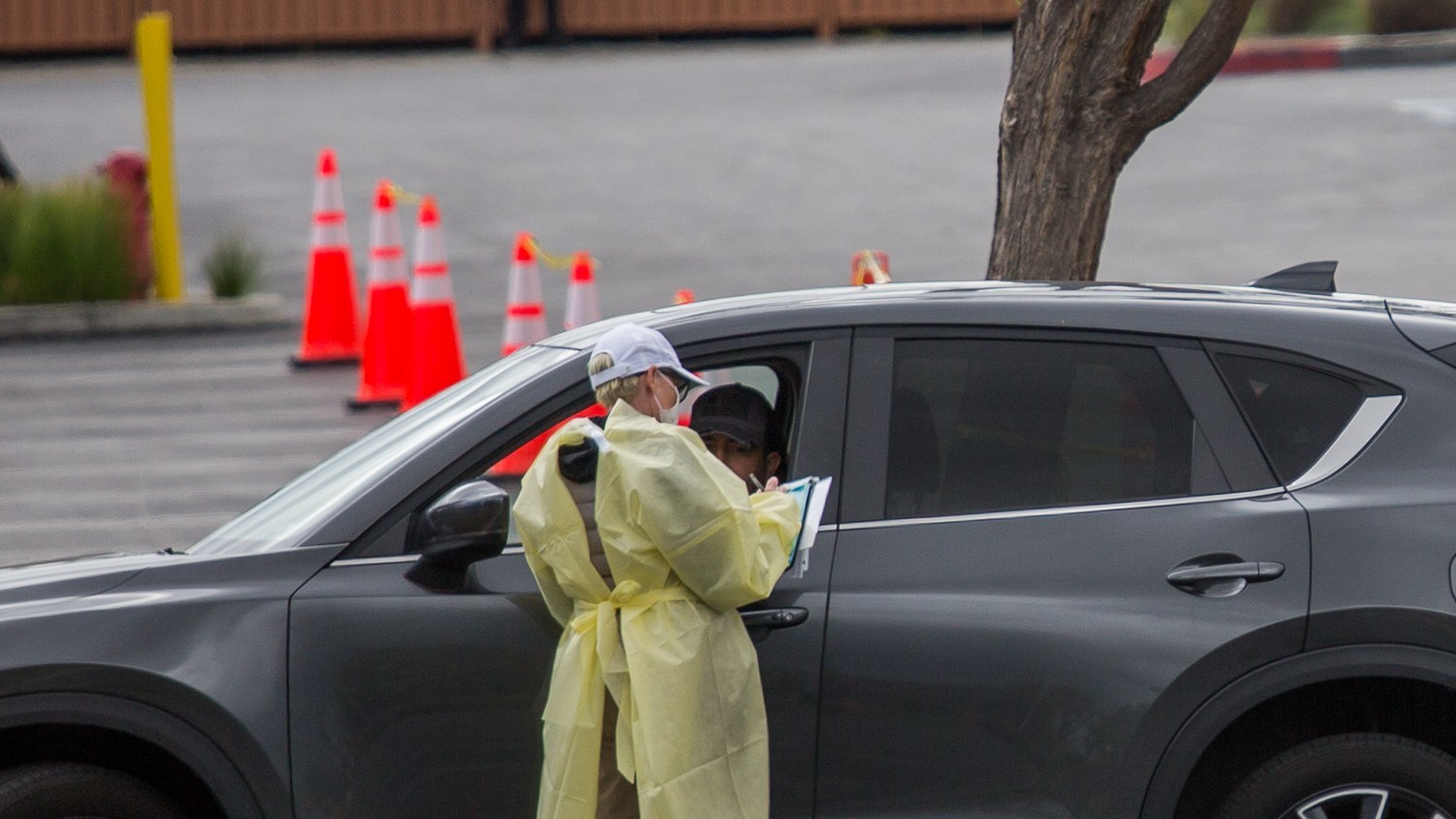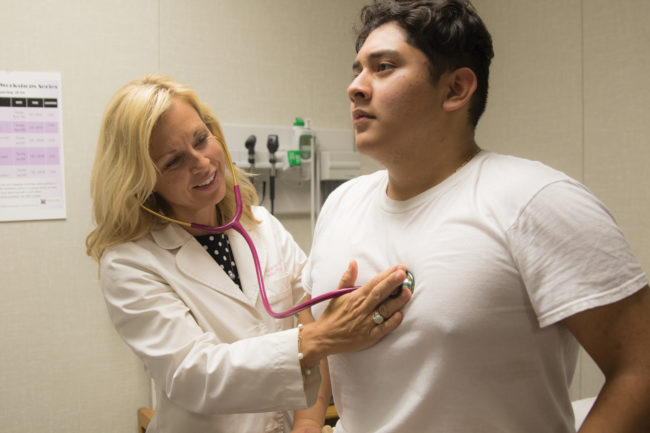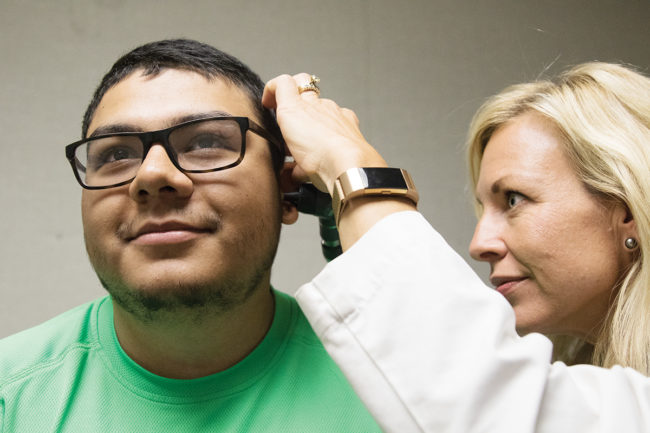Santa Ana College’s Occupational Studies program succeeds in its first year offering a bachelor’s degree in Occupational Therapy. The first class consists of 25 students who will be moving forward into 2018.
“When I heard that they are going to offer the bachelor’s degree I was excited because there is not professional degree specifically for Certified Occupational Therapy Assistants,” Candice Johnson said.
Johnson finished the Occupational Therapy Assistant program in 2009 and then decided to enroll in the bachelor’s program. She believes it is like a bonus for people who finished their associate degree in Occupational Therapy. She points out the program is also affordable.
Last fall, SAC began to offer bachelor’s degree in Occupational Studies becoming one of fifteen California community colleges selected to establish a statewide baccalaureate pilot program under the Senate Bill 850 signed on September 2014 by Governor Jerry Brown.
Bachelor’s degree in occupational therapy is a good option to pursue further education for people who completed SAC’s Occupational Therapy Assistant program accredited by Accreditation Council for Occupational Therapy Education. It is the largest existing OTA community college program in the state. In addition to occupational therapy courses, participants must finish general education, including behavioral, social and biological science.
“When the opportunity came up to apply for a bachelor’s program I applied so that we could continue to have an OTA program if this change takes place. At the time that the program was starting there were no standards for a bachelor’s in OTA and we applied for a degree in Occupational Studies that would build upon the OTA education,” Program Coordinator, Michele Parolise said.
Occupational therapy is a discipline where therapists provide service to individuals with physical, mental disabilities or cognitive disorder. The goal is to help people who are not able to do things by themselves, such as everyday tasks and self-care. Occupational therapists or therapist assistants can find a job in hospitals, clinics, nursing facilities, school districts, private pediatric clinics and many others.
“Occupational therapists will work with you if you have any illness or injury to help you regain the things you can’t do and teach you new techniques,” Parolise said.
Finishing the new bachelor’s degree program is a good preparation for moving to a graduate degree in OT. Students who have completed an associates degree in Occupational Therapy and continue to obtain their bachelor’s degree have a higher advantage than other candidates for job opportunities. Certified Occupational Therapy Assistants will be able to work in places that require a minimum of a bachelor’s degree.
“To become an occupational therapist requires a master’s degree. Occupational therapist / therapy assistant education is accredited by ACOTE and they set the standards. ACOTE has been discussing move entry level OTA from an associate level to a bachelor’s level. The advantage of having a bachelor’s degree is that there is time to provide more in depth training and allow students opportunities that they would not have with an associates. There is a strong market for both occupational therapists and occupational therapy assistants, and there is a good wage for both,” Parolise states in the email.
Gigi Vanover finished her associate degree in OTA at SAC in 2005. She came back to earn her bachelor’s degree in Occupational Therapy because in her opinion the education here is inexpensive. The classes are designed for working adults, so the students can keep full time jobs and take care of their family while studying. She has worked as an occupational therapist assistant at school settings, hospitals, pediatrics, and a skilled nursing facility. Even though it is a well-paid field, Vanover decided to go for her bachelor’s because after obtaining it she will be able to teach occupational therapy and pursue a master’s degree.
“It’s been a tough year. It is not easy to go back to school because sometimes I am tired after work, but everyone has been very helpful. Everyone is giving us the push that we need to succeed,” Vanover said.
Vera Holder, professor of communication studies and the professor of the health communication class indicates, that those classes are only for SAC students of Occupational Therapy. There are students from different colleges and universities who want to join the health communication classes for their pre-med studies, but they can’t due to the fact they are not part of the COHORT program. Students admitted into the Occupational Studies program will enter it using a COHORT model to get into all the required classes. In the COHORT program students take the classes together and the journey is already planned for them. They have classes on campus, online and in a hybrid format. Students start and finish the program together.
“I’ve seen in these students’ serious dedication to what they do, to improving the lives of others. They are the ones that make it happen. They have profound experiences. They have the patients that are very young, that are mentally challenged and sometimes the ones that are at the end of the life. They deal with it every day. They are a remarkable group,” Vera Holder said.












